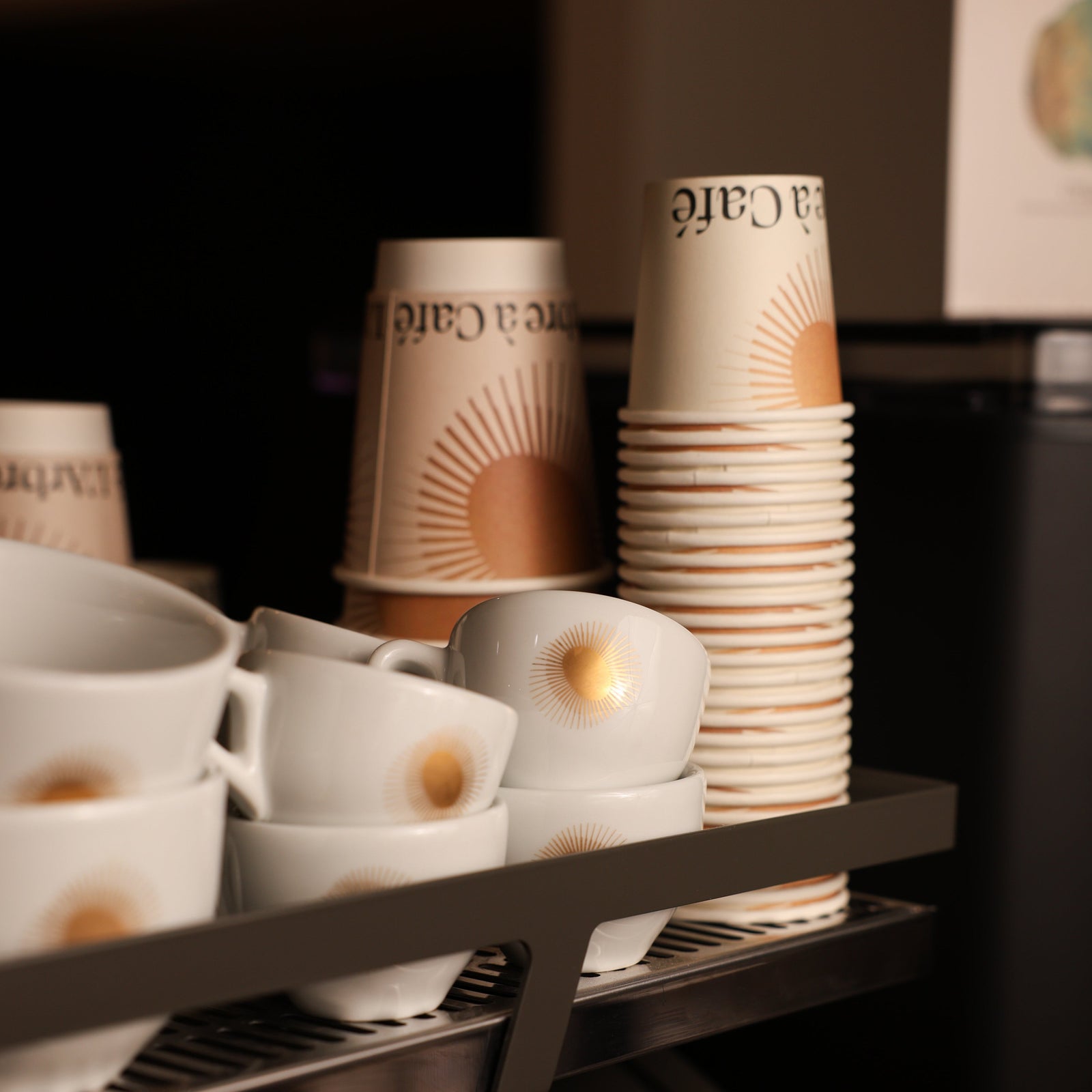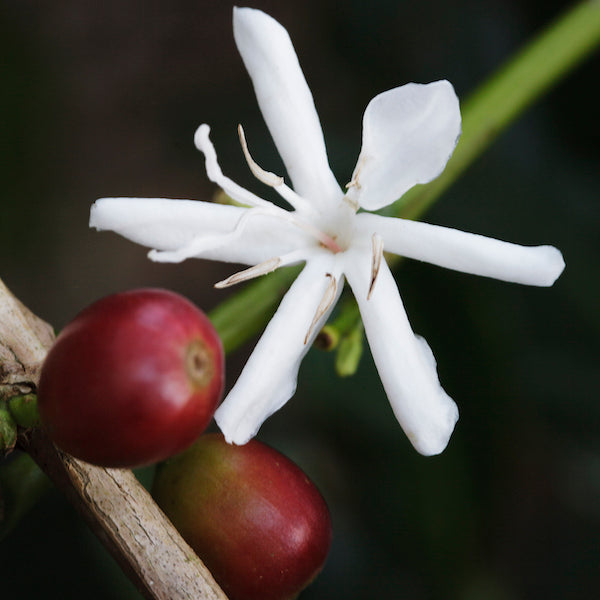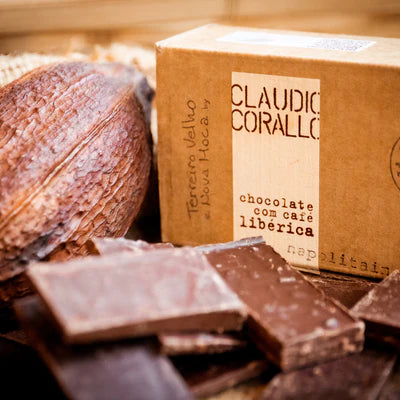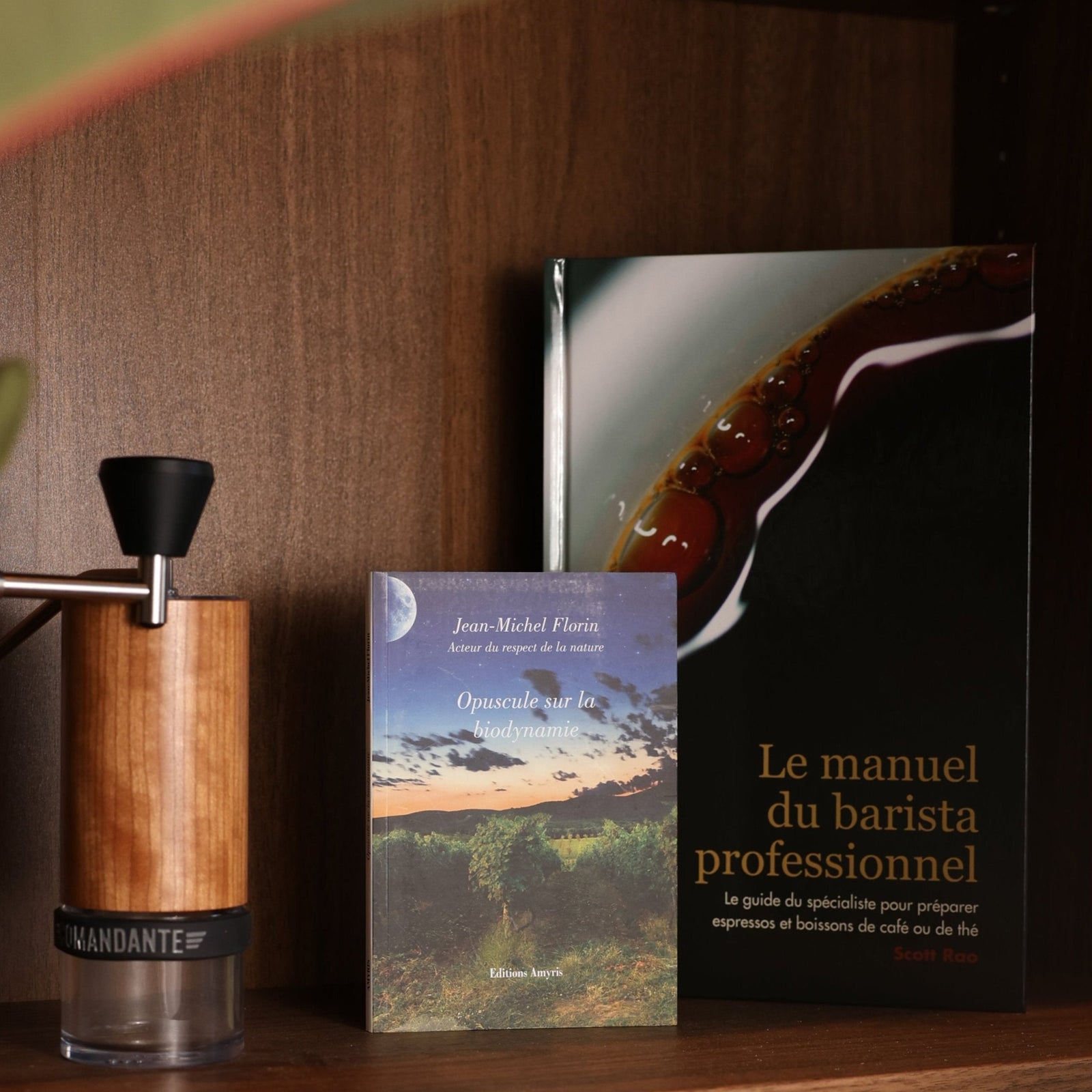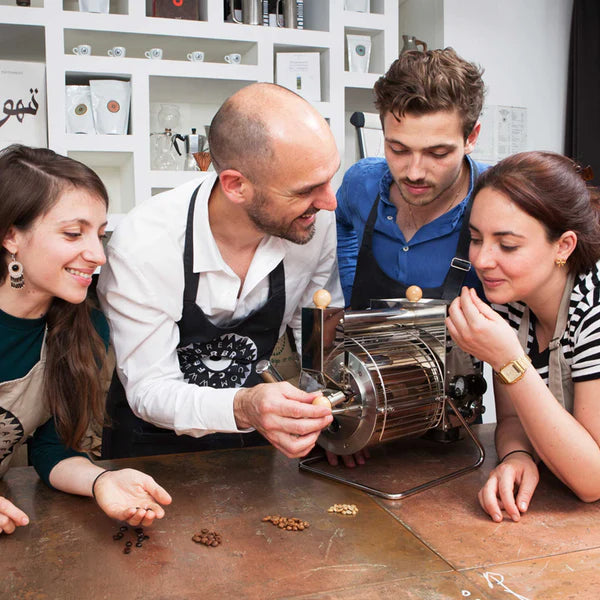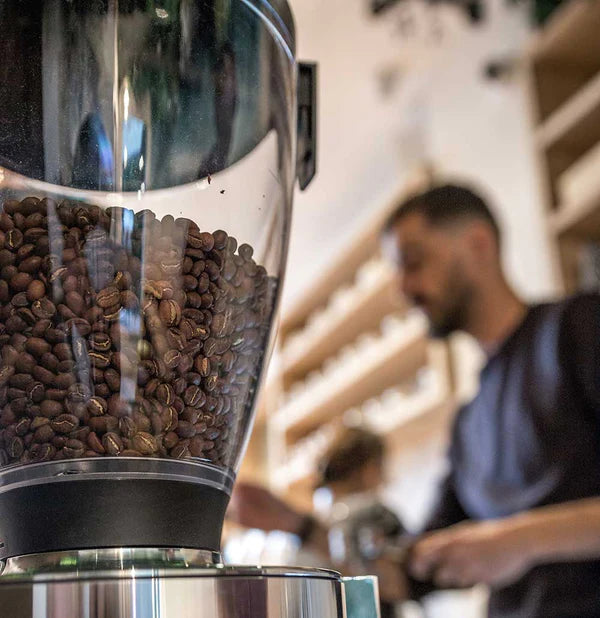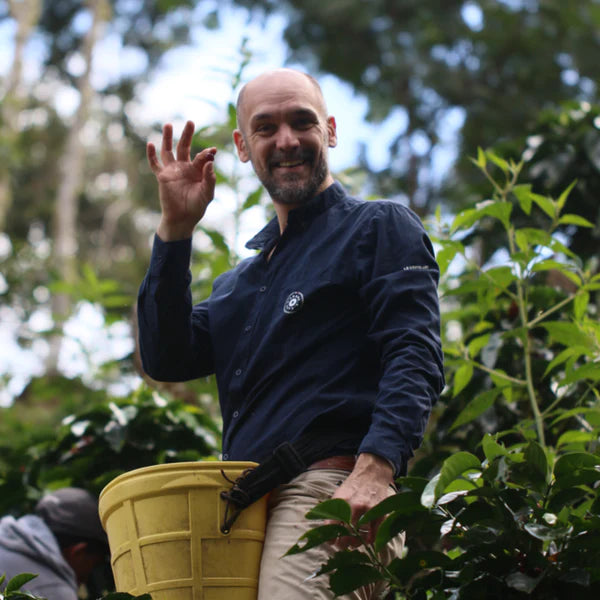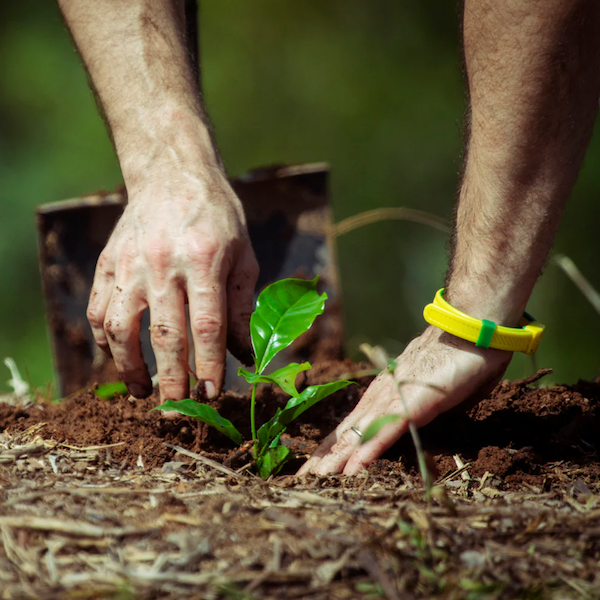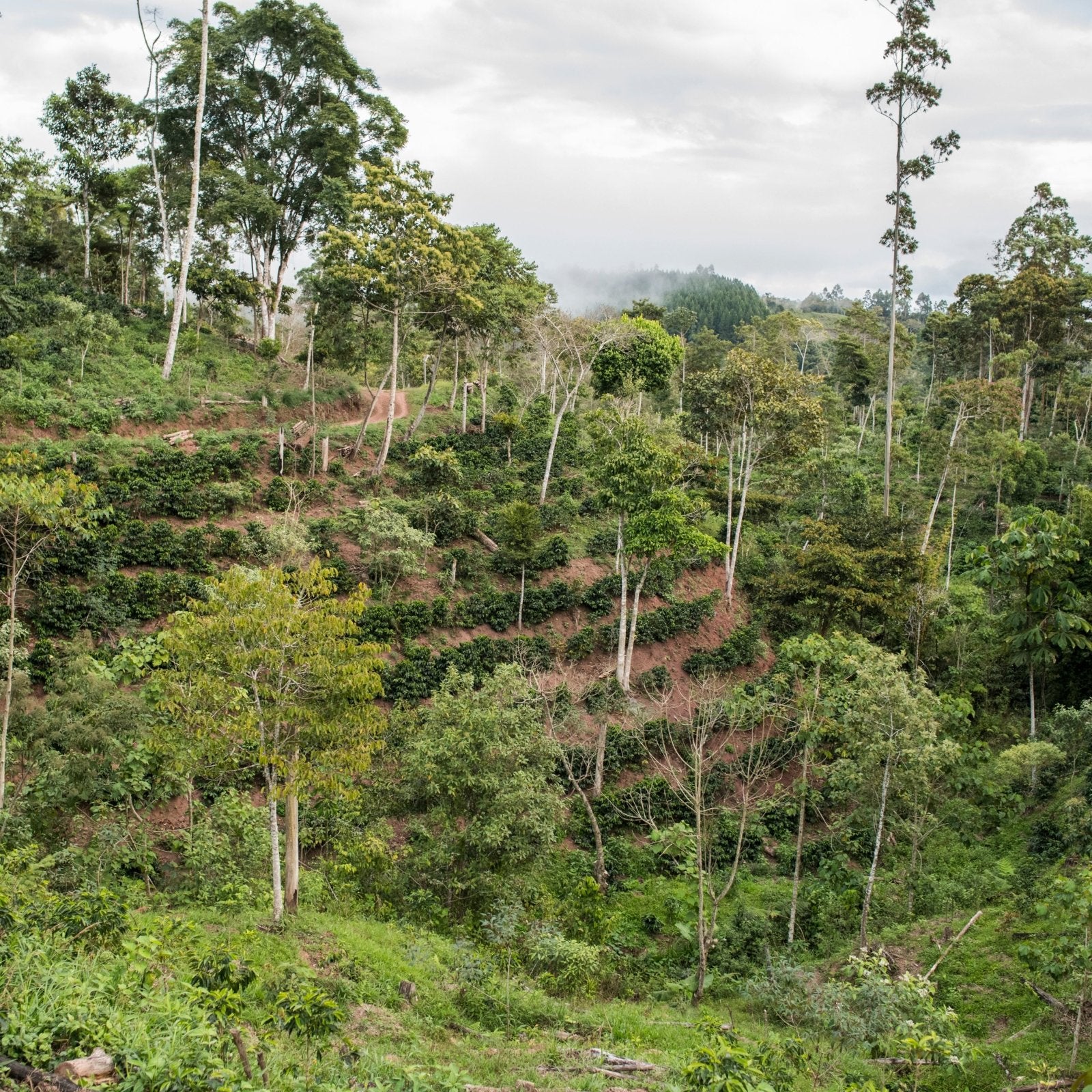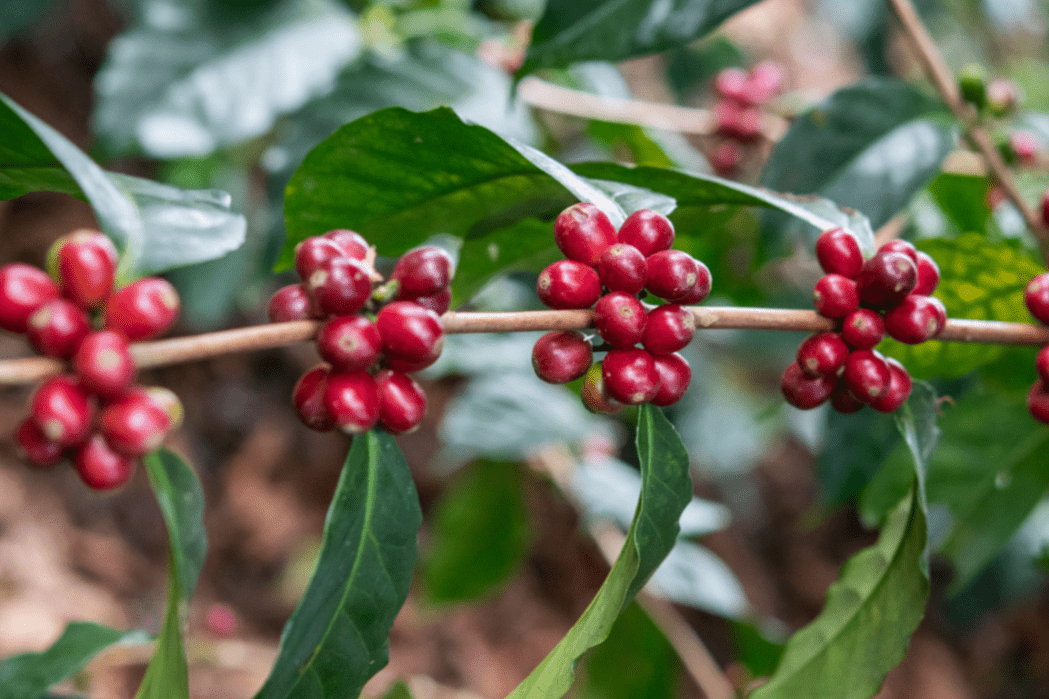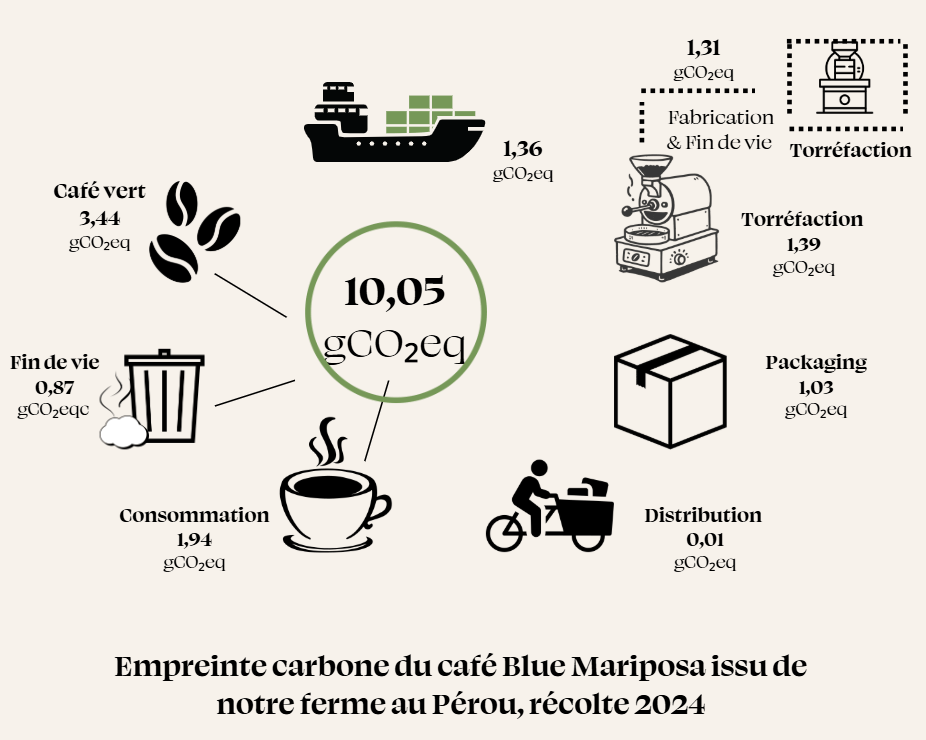➡️ The price of green coffee is breaking all records, reaching $4.20/lb, with a historic rise of almost 120% over one year.
➡️ This trend is not just the result of occasional fluctuations, but of profound structural changes, marking a new age of coffee.

Whyhat's all the fuss about?
1) Bad récoltes🌦️:
Climatic accidents are becoming more frequent and intense.
On our Mariposa farm in Peru, the harvest fell by 60% in 2024 due to drought followed by torrential rain. In France, winegrowers and arboriculturists face similar climatic challenges.
2) Transport disorganization🚢:
Rising global demand combined with geopolitical conflicts is disrupting logistics flows and driving up prices.
3) Speculation 📊:
Foodstuffs become safe havens, attracting investors.
4) Consumption growth ☕:
Demand is exploding, particularly in Asia, and continues to grow steadily and solidly.
5) Rising production costs 💰:
➡️ The war in Ukraine and sanctions against Russia are increasing the cost of plant protection products.
➡️ Producing countries are introducing stronger protection measures by raising the incomes of rural workers (+20% in one year in Peru).
6) Chaotic production🚨:
➡️Baisse structural yields.
➡️ Decrease in the number of coffee growers.
➡️ Rising costs, especially for growers using chemical inputs (which is not our case!).
What are the consequences?
In the short term ⏳:
Producers and traders benefit from this rise, while
roasters and consumers are directly impacted.
Long term 🌍:
No more "cheap" coffee!
Standard coffees will see their prices explode, while premium coffees will become the norm. By 2025, the rise will continue, impacting all coffees, especially blends. As with cocoa, standard coffees will be the hardest hit... Long live quality!
L'Arbre à Café strategy
➡️ For over 15 years, we've been working to premiumize coffee and promote the work of coffee growers through Direct Trade. Of course, we'll continue to do so.
➡️ A winning bet. 5 years ago, we decided to plant the coffee ourselves by creating our own farm, Finca Mariposa, using agroforestry and biodynamic methods. We're going to increase its surface area and start new plantations in Ethiopia to better control the value chain.



